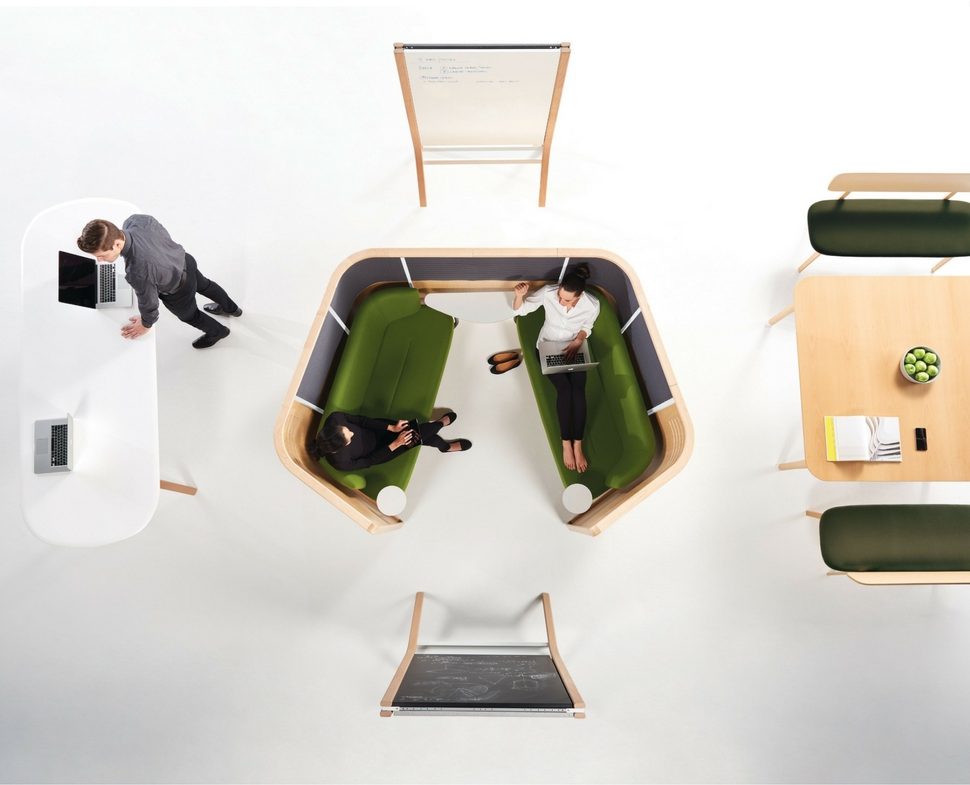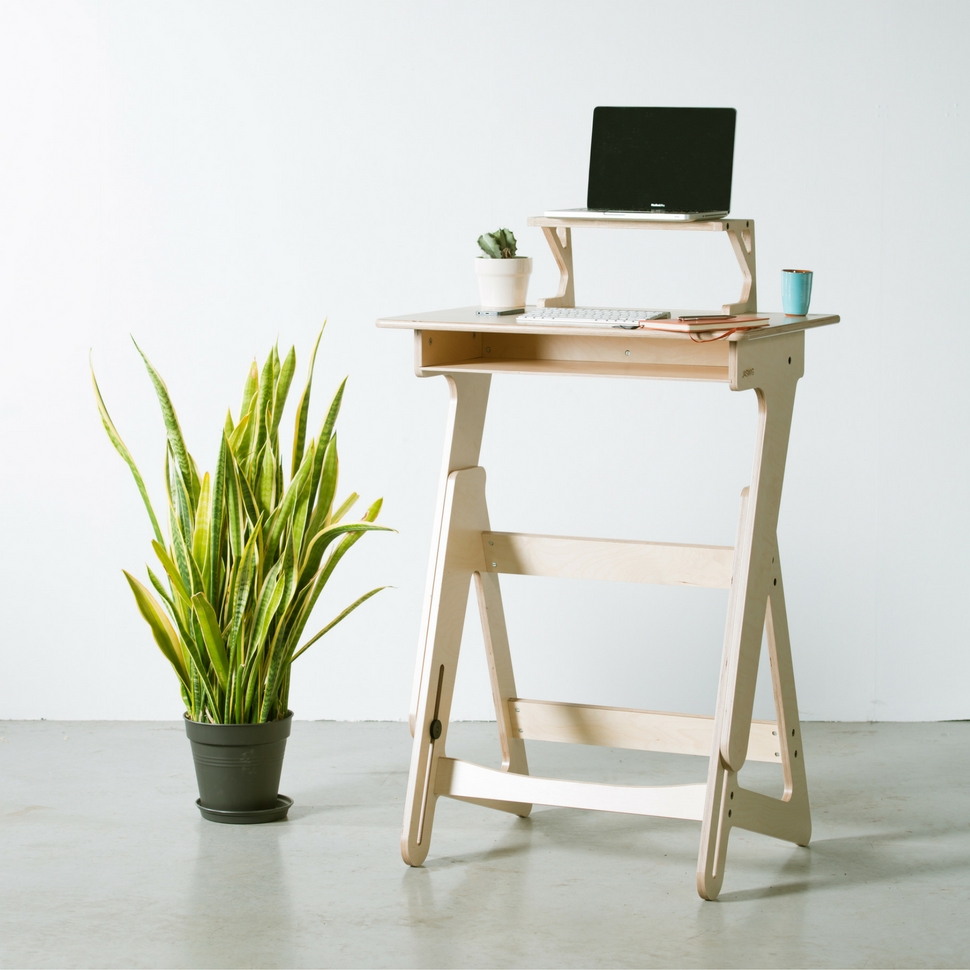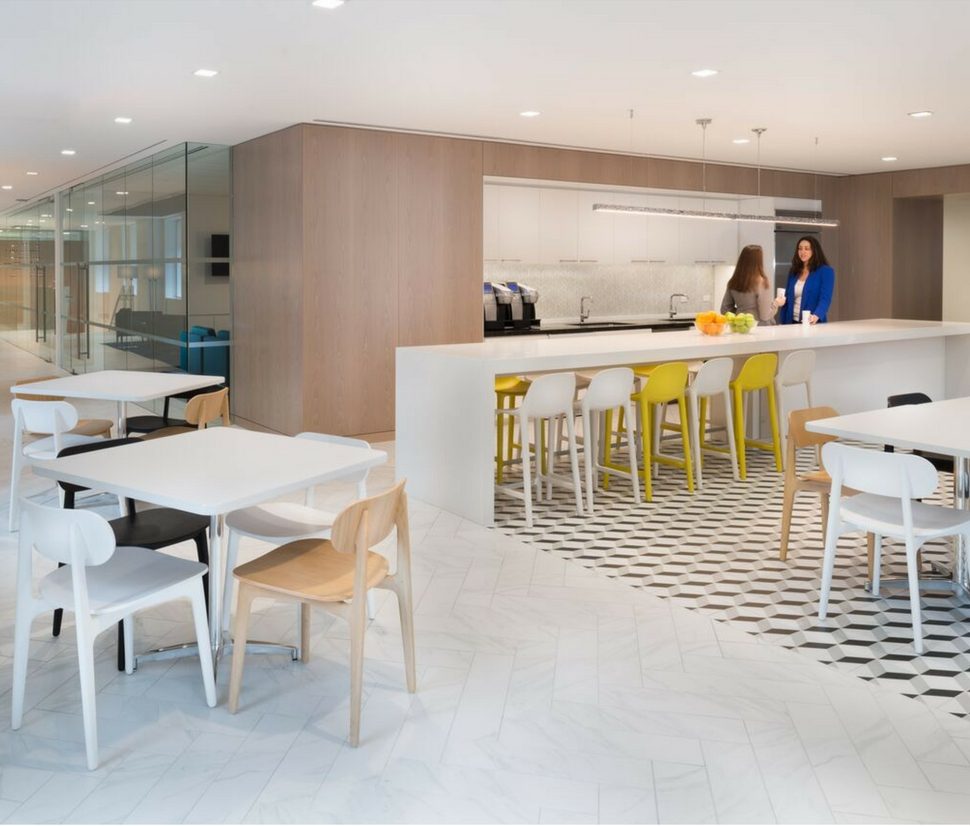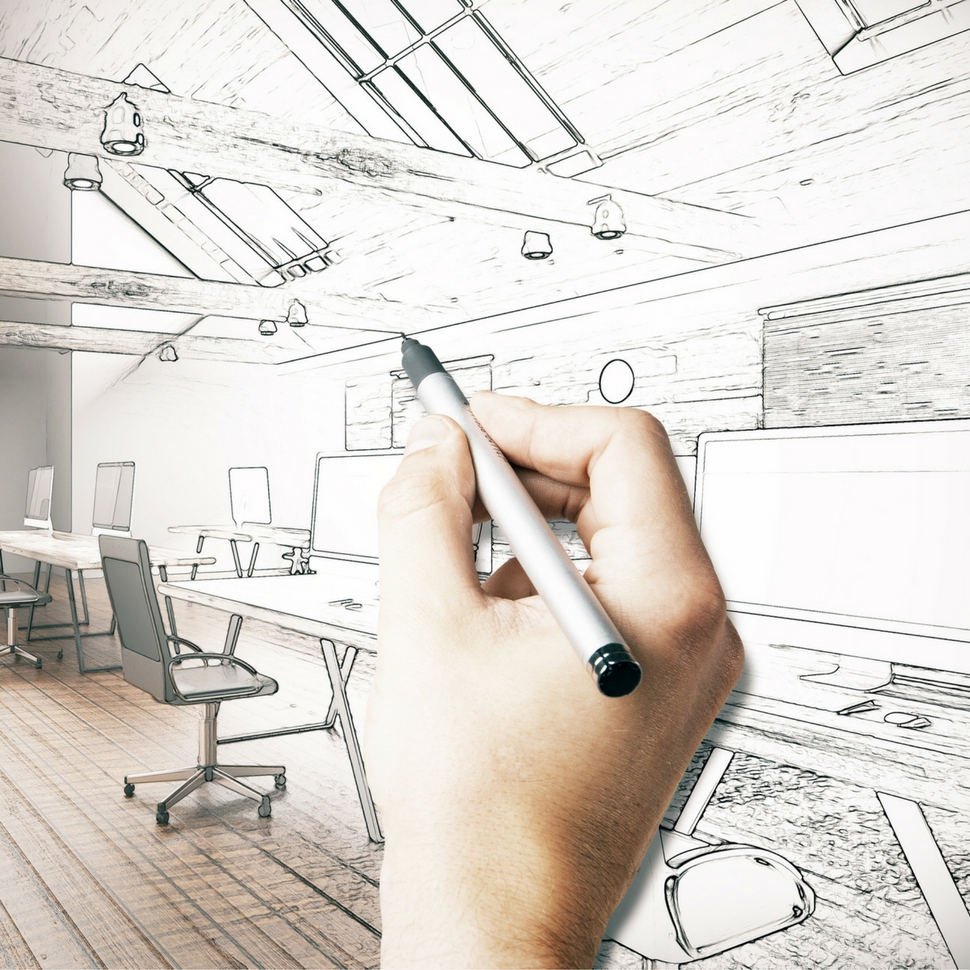Are you ready for it? That is, the New Year: 2017. Is your workspace ready for it?
As 2016 comes to a close and we all start looking forward to the new year, it’s time to think about way in which we can improve our workspaces to keep attracting (and retaining) our beloved members.
So, what do you have planned for 2017? What will 2017 bring you? When it comes to design, we’ve got you covered.
Allwork reached out to various design experts to get the scoop on what stays, what goes, and what’s coming regarding workplace design.
From Teknion
Steve Delfino, VP of Corporate Marketing & Product Management
Activity-based design: We will see a movement towards workplaces that encourage workers to move around the workspace. This means more varied spaces—designated areas where workers can go for specific tasks include learning, focusing, collaborating and socializing. Various seating pods, tables, screens, and easel options can used to create additional areas for employees to focus outside of their increasingly small, assigned work stations.

From Jaswig
Mathias Ellegiers, Co-Founder of Jaswig
For 2017, not only collaborating spaces will be key, but blurring the lines between the office and “living/working spaces,” including private areas for solo work or small teams. We will see a movement toward a softer workplace aesthetic, one that evokes the feeling of home. This year, we’ve seen a lot of progressive companies across the globe transition from sterile, rigid “corner offices” to open layouts that value collaboration.
Aesthetics will draw inspiration from the residential market. Natural materials like hardwoods, cheerful colors, and high quality fabrics and furnishings will dress workspaces, making workplace environments more welcoming and comfortable for people to use while taking part in happenings like brainstorm sessions and impromptu meetings.

From Workwell Partners
Scott Lesizza, Principal at Workwell Partners
We’re going to see a significant shift away from wide open floor plans to open “areas” separated by groups or departments. There are ways by which a space can be designed to be open, but at the same time not look like the world’s largest trading floor. You can have open plan “clusters” of 40-50 people within a space, as opposed to hyper densification of 300-400 in one area.
The ideas is that you walk into a space, and in place of a sea of sit-stand desk, you walk up a central staircase to a floor that has 4-5 areas separated by line of sight that house separate departments. When walking the space, it’s almost as if you are discovering hidden areas. The key to this type of space is that the feel is still very open, without the distractions associated with densifying a space with hundreds of tightly configured desks.
 Reconstituted wood will be replaced by natural woods, laminates and lots of metal and glass. I always thought that the distressed wood was nice if selectively used in spaces. Over use it at your own risk of looking dated in a few years.
Reconstituted wood will be replaced by natural woods, laminates and lots of metal and glass. I always thought that the distressed wood was nice if selectively used in spaces. Over use it at your own risk of looking dated in a few years.
You will see a revolt against what have become very linear spaces. You will see desks aligned in organic configurations, very often in dog bone shaped clusters. These create more fluid looking spaces and outwardly reflect a less rigid workplace culture that encourages the free flow of ideas and people. The way they are laid out also encourages people to flow into areas that they normally would not, perhaps making new friends, and collaborating with people they would not have. Interspersed throughout are strategically placed round meeting tables, pantries, and inviting looking lounge areas for spontaneous meetings.

We’ll see companies foster a much more relaxed and open dialogue through the choices they make with workplace design. Personally, I’m a huge fan of companies hosting visitors out in the open and with coffee in hand. It’s amazing how quickly people will loosen up over a cup of coffee, on a stool height counter, or relaxing on a couch. Contrast that to the way you feel when you are immediately escorted into a sterile conference room with leather chairs.

Stay tuned for more 2017 workplace design trends.


 Dr. Gleb Tsipursky – The Office Whisperer
Dr. Gleb Tsipursky – The Office Whisperer Nirit Cohen – WorkFutures
Nirit Cohen – WorkFutures Angela Howard – Culture Expert
Angela Howard – Culture Expert Drew Jones – Design & Innovation
Drew Jones – Design & Innovation Jonathan Price – CRE & Flex Expert
Jonathan Price – CRE & Flex Expert













